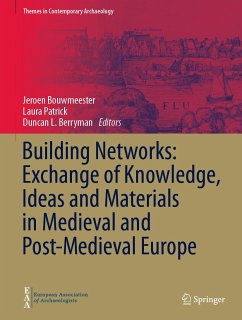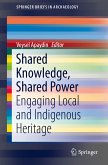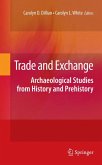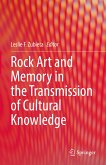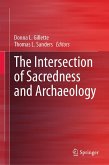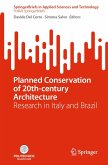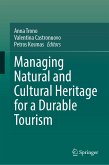In medieval and post-medieval Europe, the development of buildings, of style and the use of material, cannot be understood from a local, regional or even national perspective. Not only were the borders different than in modern-day Europe, but the contacts of inhabitants also transcended local and regional boundaries. This volume describes the continuous exchange of aesthetic ideals, technological developments and building materials during this period. This volume is a culmination of four years of sessions held at the European Archaeology Association (EAA) conference between 2016-2020 on the topic. It is of interest to archaeologists, architects, and scholars of built heritage.
Dieser Download kann aus rechtlichen Gründen nur mit Rechnungsadresse in A, B, BG, CY, CZ, D, DK, EW, E, FIN, F, GR, HR, H, IRL, I, LT, L, LR, M, NL, PL, P, R, S, SLO, SK ausgeliefert werden.
Hinweis: Dieser Artikel kann nur an eine deutsche Lieferadresse ausgeliefert werden.

